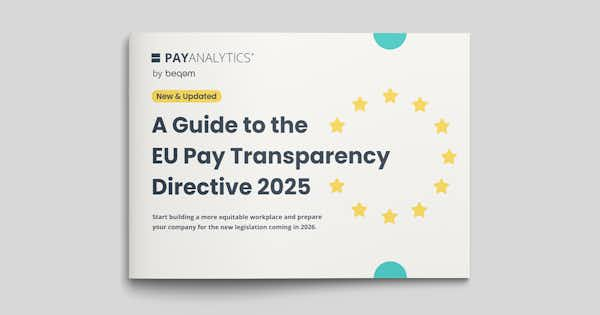A Guide to the EU Pay Transparency Directive 2025 | Download our eGuide for free
Ready to Build a More Equitable Workplace?
Confidently set off on your journey to a more equitable workplace. Gain a clear view of your workforce makeup and pay structures, conduct salary reviews, comply with regulations, and close pay and representation gaps—all in one place.




